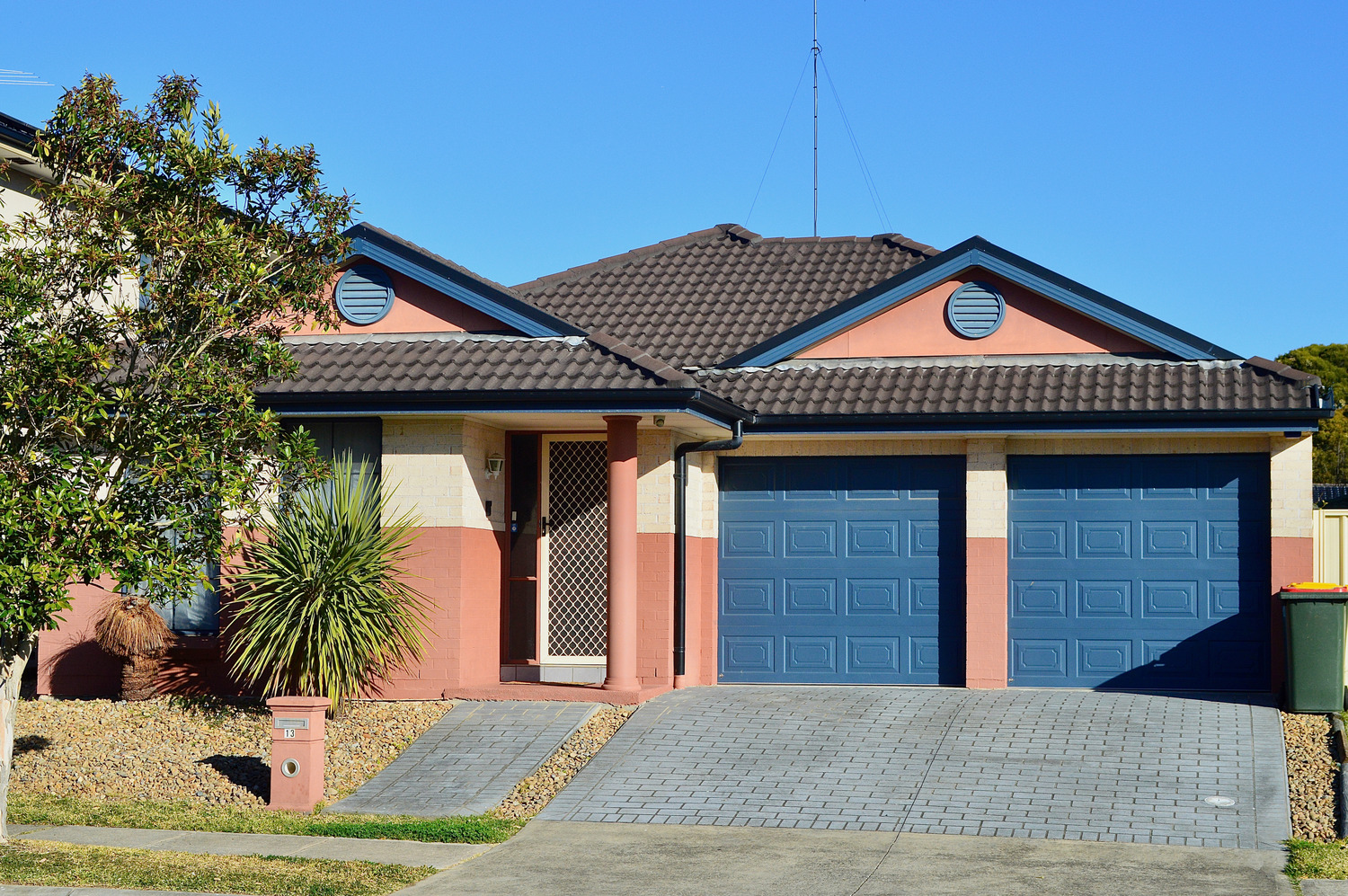
New analysis from Money.com.au reveals that more homeowners are choosing to refinance with their existing lender, with internal refinancing reaching its highest level since the ABS began recording internal refinance figures.
According to ABS data, internal refinances made up 35% of all home loan refinances in the year to March 2025 — the highest share since the first annual records began in September 2020, and above the four-year average of 30%.
In actual loan numbers, that’s 194,898 loans refinanced with the same lender out of 554,820 total refinanced loans over the year. The remaining 65% were external refinances, where borrowers switched to a new lender.
Money.com.au’s General Manager of Lending, Jacob Overs, says banks are becoming increasingly aggressive in retaining existing customers — and that’s driving the surge in internal refinancing.
“Sending a discharge form to your bank is like pulling the pin — it tells your bank you’re serious about leaving, and they’ll often come back with surprisingly aggressive retention offers, sometimes even better than what they’re offering new customers. If you play hardball and formally start the loan discharge process, your lender is far more motivated to offer their best rate than if you simply ask for a reprice,” he says.
“For some borrowers, it can make sense to stay with their current lender if they’re offered a competitive rate, especially if you could avoid refinancing fees, which can run into the hundreds, and the hassle of switching accounts and direct debits.”
What can trigger better rates from your own lender
Overs says borrowers can get a better interest rate from their existing lender if they meet certain conditions, even without switching banks. These include:
Your LVR is lower
If you’ve built up a good repayment history, your loan amount as a percentage of your property’s value (known as your loan-to-value ratio or LVR) will likely be lower than when you first took out your mortgage. As a result, you’ll be considered a lower-risk borrower — which means you’d qualify for a lower interest rate from your lender. It’s worth noting that if your loan amount is under $150,000, lenders are typically less motivated to retain your business.
You signal your intent to switch lenders
Interest rates are falling, and competition among banks is heating up. Lenders are more willing to cut deals to keep existing customers from leaving. Your lender may also have internal rate tiers or retention offers that aren’t publicly advertised. These are often only triggered when you submit a discharge form or are transferred to a retention team. This gives you access to sharper, behind-the-scenes pricing.
You have multiple loans with your lender
If you have multiple loans with the same lender like a home loan and an investment property loan, you may be in a stronger position to negotiate a better rate with your lender. Lenders are more likely to offer discounts to retain borrowers with larger, bundled loan portfolios.
Internally refinancing also means you could avoid paying refinancing fees on multiple loans.






